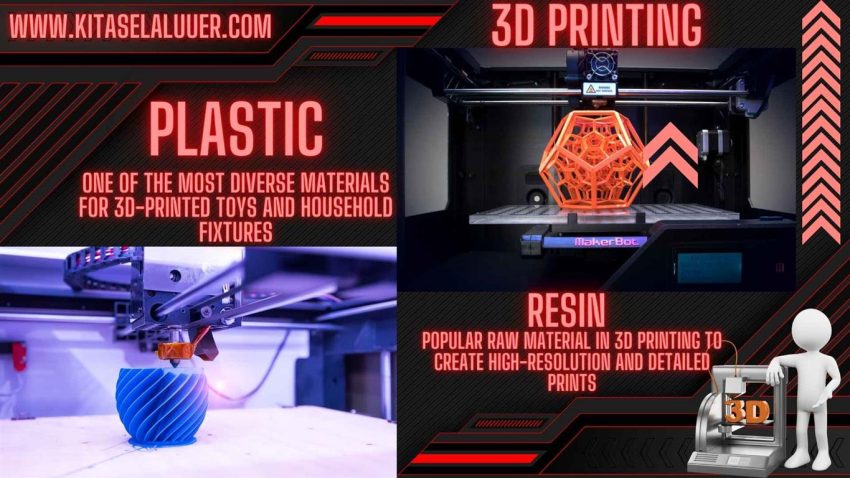Introduction
3D printing, also known as additive manufacturing, has emerged as one of the most groundbreaking technologies of the 21st century. This revolutionary process has disrupted traditional manufacturing methods, enabling the creation of complex objects and structures layer by layer. As of 2023, 3D printing has found applications across various industries, from aerospace and healthcare to fashion and architecture.
Understanding of 3D Printing :
At its core, the printing involves the layer-by-layer fabrication of objects using digital blueprints. The process starts with a computer-aided design (CAD) file, which serves as a virtual model of the desired object. This digital design is then sliced into numerous thin layers, and the 3D printer follows these instructions to build the object, adding one layer upon another. The printer utilizes various materials, such as plastic, metal, ceramics, and even biological materials like living cells, depending on the intended application.
The Evolution of Printing:
The concept of printing dates back to the 1980s when the technology was primarily limited to prototyping. Over the years, advancements in materials and printing techniques have expanded its capabilities, making it suitable for end-use parts production and customization. As of 2023, printing has become more accessible and cost-effective, paving the way for its integration into various industries.
Applications in Aerospace:
The aerospace was one of the earliest adopters of 3D printing. The technology allows for the creation of lightweight yet robust parts that were previously impossible to manufacture using conventional methods. Aerospace companies now employ 3D printing for components like engine parts, structural elements, and intricate geometries, reducing overall weight and fuel consumption.
Medical Breakthroughs with 3D Printing:
printing has revolutionized the medical field, with groundbreaking applications in prosthetics, organ transplantation, and surgical planning. Customized 3D-printed prosthetics offer patients enhanced comfort and functionality. Additionally, the technology enables the creation of patient-specific organ models, allowing surgeons to practice complex procedures before operating on the actual patient. In regenerative medicine, bioprinting techniques hold the promise of creating human organs and tissues using a patient’s own cells, potentially eliminating organ transplant waiting lists in the future.
Innovations in Fashion and Design:
The world of fashion and design has embraced 3D printing as a means of pushing creative boundaries. Designers now use 3D printing to craft avant-garde garments, jewelry, and accessories, experimenting with intricate shapes and structures that were previously unattainable. This fusion of technology and artistry has given rise to a new wave of fashion possibilities.
Architecture and Construction Advancements:
In the realm of architecture and construction, printing is redefining how we build structures. Large-scale 3D printers can produce prefabricated components for buildings, enabling faster construction with reduced material wastage. Moreover, the flexibility of printing allows for the creation of unique and unconventional architectural designs that challenge traditional norms.
The Future of 3D Printing:
As the technology continues to evolve, the future of 3D printing is full of potential. With ongoing research in materials science, there is a push for more sustainable and eco-friendly materials suitable for 3D printing. Additionally, advancements in bioprinting may lead to the development of complex organs and tissues for transplantation, further revolutionizing healthcare.
Furthermore, the integration of printing with artificial intelligence and machine learning could optimize the design process and enhance the efficiency of the manufacturing process. Customization will become more prevalent across industries, allowing for personalized products tailored to individual needs.
Conclusion:
3D printing has emerged as a transformative technology with vast potential across industries. From aerospace to healthcare, fashion to architecture, the applications of 3D printing continue to expand, reshaping the way we design, produce, and interact with objects. As the technology evolves, we can expect to witness even more remarkable breakthroughs, revolutionizing industries and empowering human creativity like never before.

